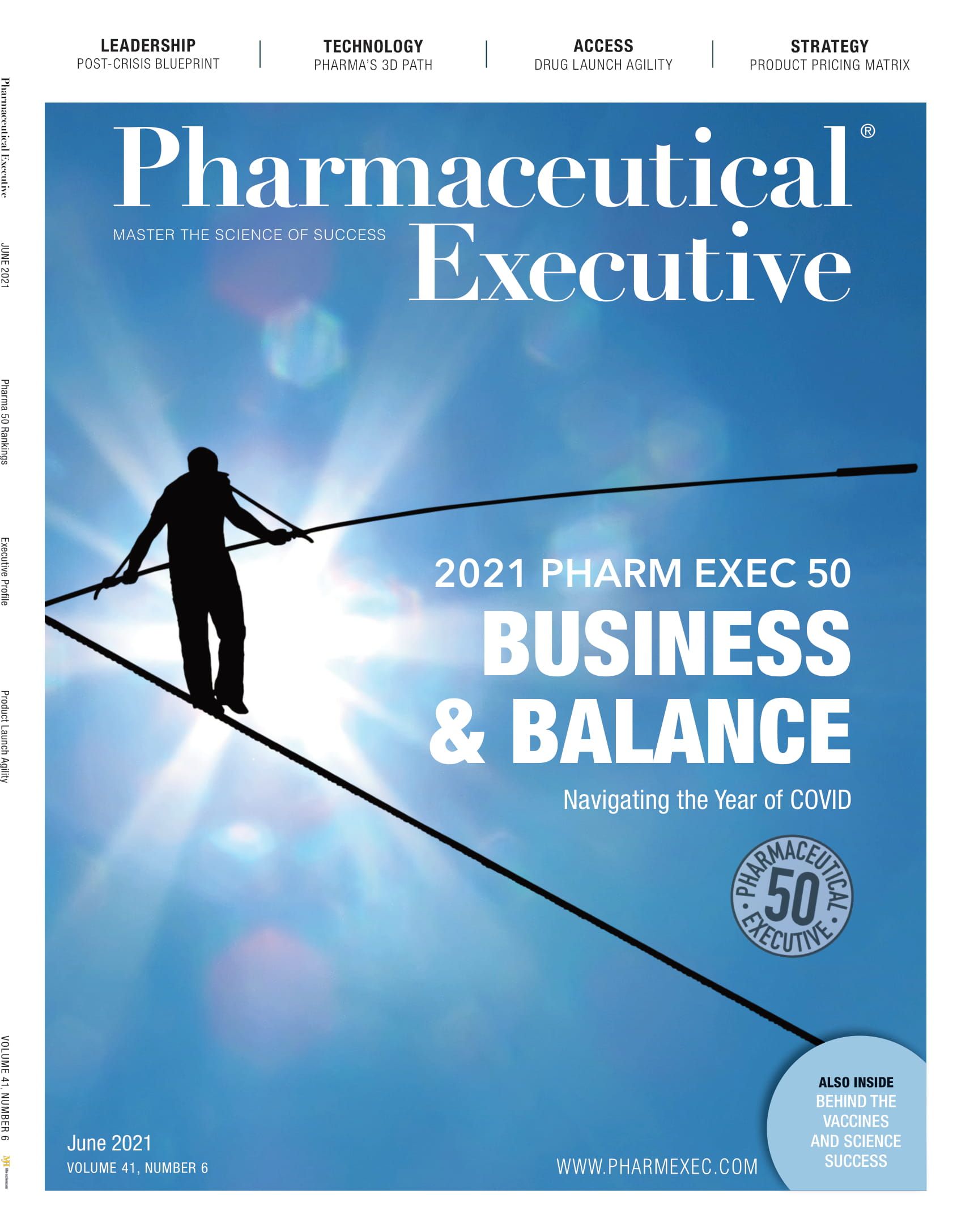Science is Underrated
Combined powers of synbio and biopharma point to bright future for industry.

I recently attended the virtual “Celebrating Synthetic Biology Breakthroughs in Biopharma” from SynBioBeta. The organization’s mission is to serve as a “network for biological engineers, investors, innovators, and entrepreneurs who share a passion for using biology to build a better, more sustainable universe.” This note will focus on one session, “What Can Biopharma Learn from Synthetic Biology’s Exponential Progress?”
Pharma should know that the synbio world moves very quickly and is growing exponentially. They operate in a design, build, test, learn cycle in a way that is more scalable. The speakers shared that pharma is optimized as a “giant machine” that takes drugs through clinical trials, with regulatory burdens that create an inherent slowness. But synbio is here to let biopharma know that they can collapse barriers of discovery and manufacturing to make advances go much more quickly. What follows are additional insights between the two worlds.
COVID-19 catalyst
The pandemic has increased the positive vibes around the biopharma industry, which is no small feat. But from what I gather, the success of Moderna’s (and BioNTech’s) mRNA platform technology is a shared touch point for both the biopharma and synbio worlds. In our Emerging Pharma Leaders podcast, one of our leaders shared that many didn’t think Moderna would succeed on its premise years ago, but science persevered. At SynBioBeta, Moderna was touted as the most current poster child of a long string of synbio successes to benefit biopharma and mankind.
Translators required
If you were under the notion that all scientists think alike, please rethink that position. If it’s helpful for traditionally siloed functions in biopharma to learn each other’s language or understand their processes (think marketers and compliance or finance and R&D), it also extends to scientists. Believe it or not, different scientific disciplines speak their own dialect. Engineers and biologists think very differently, said Kristy Hawkins, co-founder and CSO of Antheia, who is both a chemical engineer and molecular biologist. Have appreciation for what the other brings to the table.
An amazing future
Articles in this issue–the success behind the COVID-19 treatments and BIO President and CEO Dr. Michelle McMurry-Heath’s profile–showcase the unwavering belief individuals have in the power of science to improve...no...transform human health.
Eric Hobbs, CEO of Berkeley Lights, concluded, “These two universes are colliding, and there is an interplay of ways to learn from each other.” With the power of biology and synthetic biology together, says Hobbs, a bright future that brings treatments, at different price points, in scalable ways, to the people who need them, awaits.
Lisa Henderson is Pharm Exec’s Editor-in-Chief. She can be reached at lhenderson@mjhlifesciences.com.

Cell and Gene Therapy Check-in 2024
January 18th 2024Fran Gregory, VP of Emerging Therapies, Cardinal Health discusses her career, how both CAR-T therapies and personalization have been gaining momentum and what kind of progress we expect to see from them, some of the biggest hurdles facing their section of the industry, the importance of patient advocacy and so much more.
Applying Porter’s Five Forces to Portfolio Management in Pharmaceutical R&D: A Strategic Roadmap
March 17th 2025The increasing costs and complexity of R&D in the pharmaceutical industry have necessitated the adoption of strategic portfolio management to optimize resource allocation and enhance competitive advantage.